- Home
- slideshows
- miscellaneous
- A 44,000-year-old mural is now the oldest example of humans telling stories with pictures. Take a look at the epic hunt it shows.
A 44,000-year-old mural is now the oldest example of humans telling stories with pictures. Take a look at the epic hunt it shows.
When he first visited the cave, Hamrullah had to climb a nearby fig tree to reach the opening.

"We had never previously found distinct 'scenes,'" in this area of Indonesia, Brumm said.
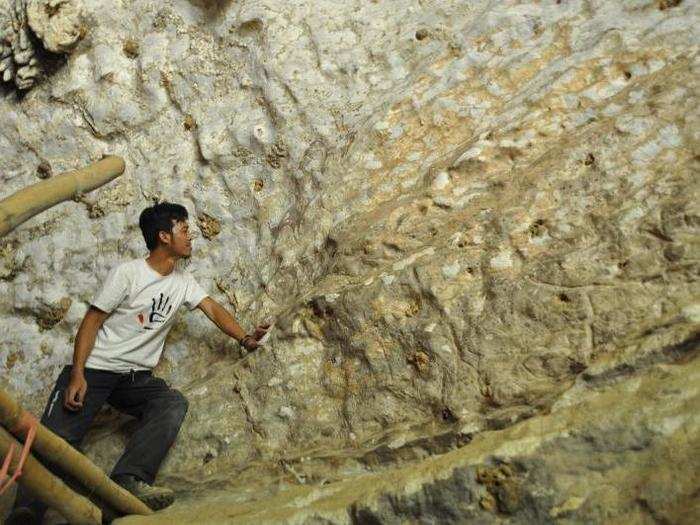
"Prehistoric cave art provides the most direct insight that we have into the earliest storytelling," the study authors wrote. Narrative scenes like this show "sets of figures in spatial proximity to each other, and from which one can infer actions taking place among the figures."
Researchers like Brumm had previously found cave art in parts of Sulawesi and the nearby island of Borneo that's at least 40,000 years old. But none of those examples contained the type of narrative scene that Hamrullah discovered.
In part of the mural, a creature called an anoa, a relative of water buffalo, is surrounded by human-like figures carrying spears and possibly ropes.
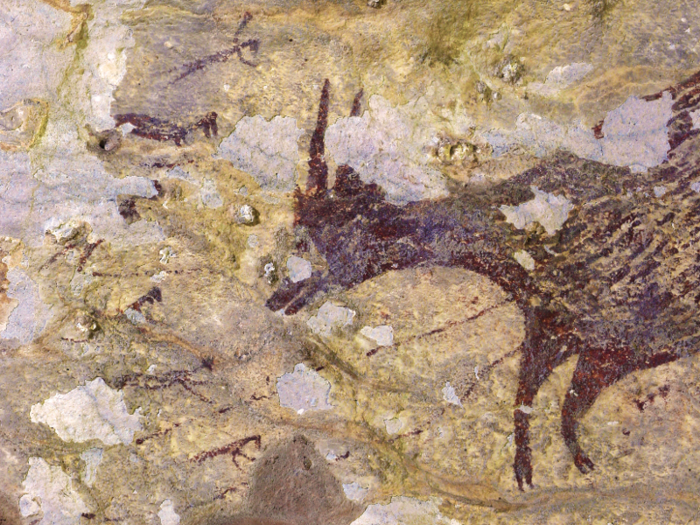
These human hunters were depicted with some augmentations, such as tails or bird-like beaks.
Human-animal hybrids like this are called "therianthropes." Their presence in the mural indicates that the artist could think abstractly and creatively, according to the study.
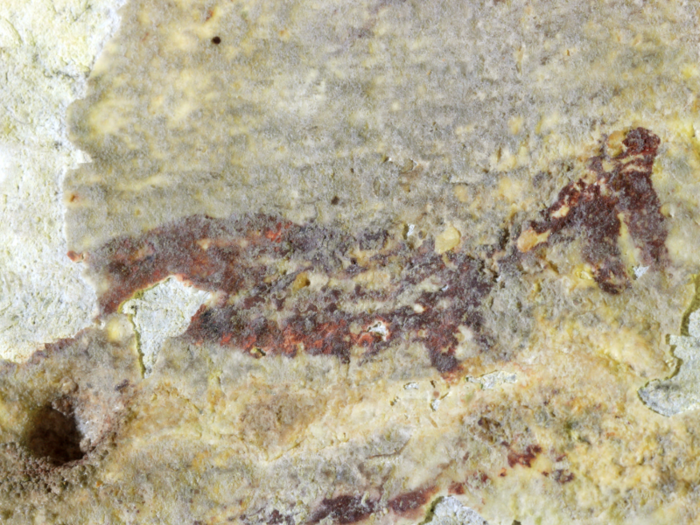
Therianthropes "incorporate elements of the human form in the representation of abstract beings," Brumm said.
The ability to imagine beings that don't exist is a cognitive milestone that forms the basis of religion and spirituality, Maxime Aubert, a co-author of the study, told Science.
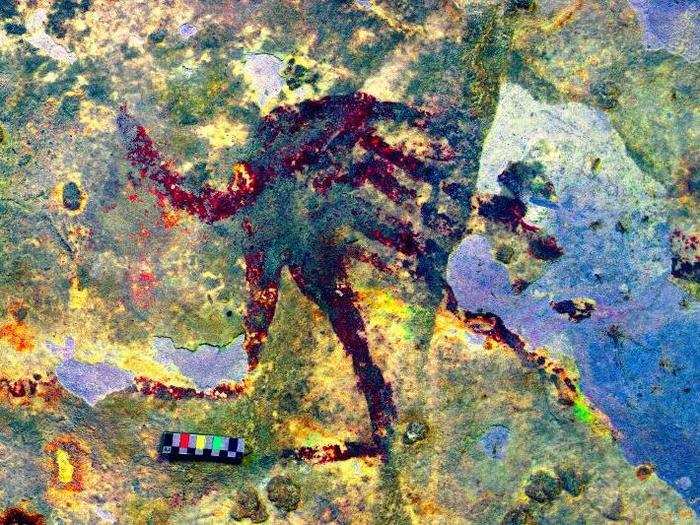
"We think of the ability for humans to make a story, a narrative scene, as one of the last steps of human cognition," Maxime added.
Brumm said finding "all these things together in such an ancient image was a huge surprise."
He added that the therianthropes in the Leang Bulu' Sipong 4 cave painting are the oldest known surviving images of figures who are part human and part animal.
Brumm and his team were able to date the mural by analyzing the age of mineral deposits on top of the painting.
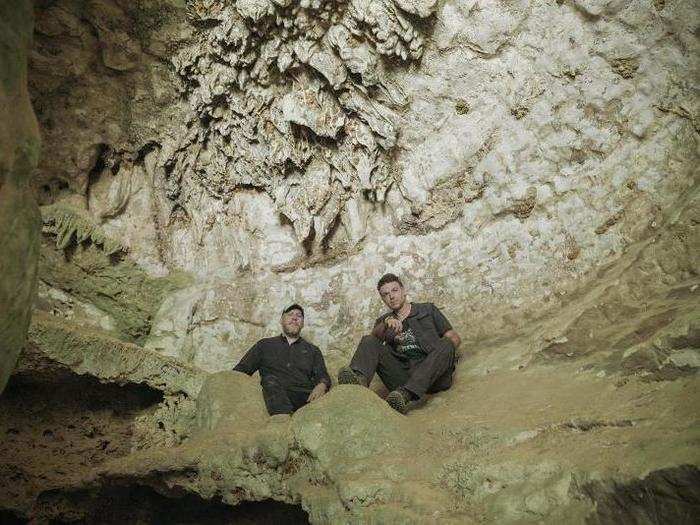
The scientists dated trace amounts of uranium, which decays at a known rate over time, in the rock to reveal that the painting is somewhere between 35,100 and 43,900 years old.
Before this finding, the oldest therianthrope ever found was an approximately 40,000-year-old carved figurine of a lion-headed man.
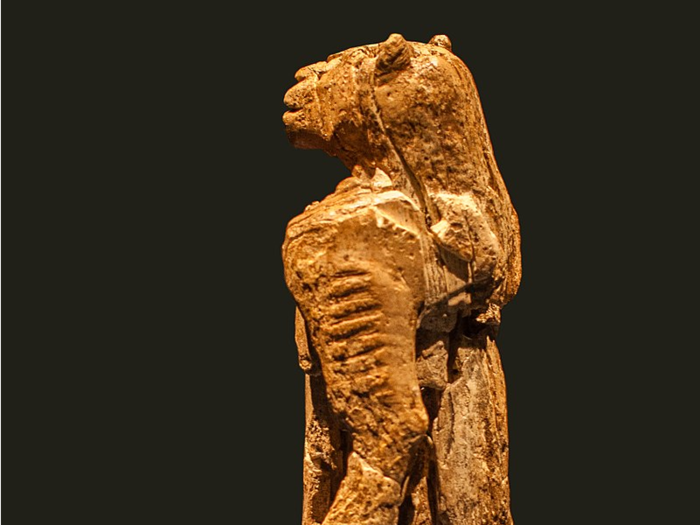
Archaeologists discovered the figurine in Germany five years ago.
The oldest cave art ever found before now is in Lascaux Cave, an archaeological site in southern France. That was previously considered to be the oldest example of storytelling.
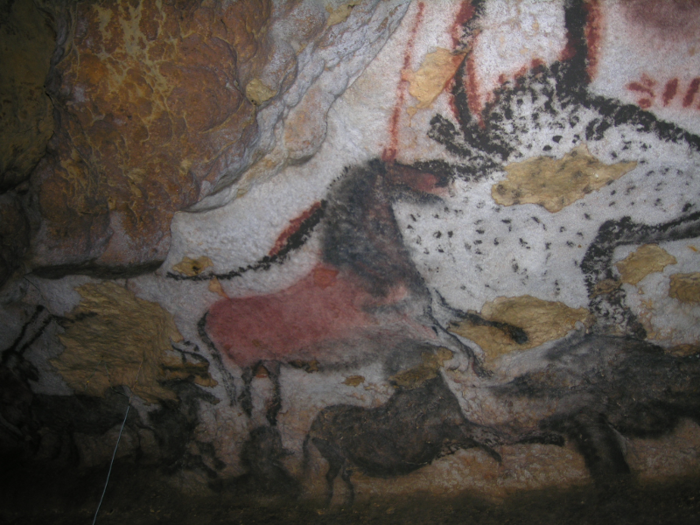
Paintings in Lascaux cave are between 14,000 and 21,000 years old. One 17,000-year-old mural there, which shows a bison chasing a human-like figure, was previously thought to be the oldest hunting scene.
But the Leang Bulu' Sipong 4 mural is some 20,000 years older than the oldest known hunting scenes in European cave art.
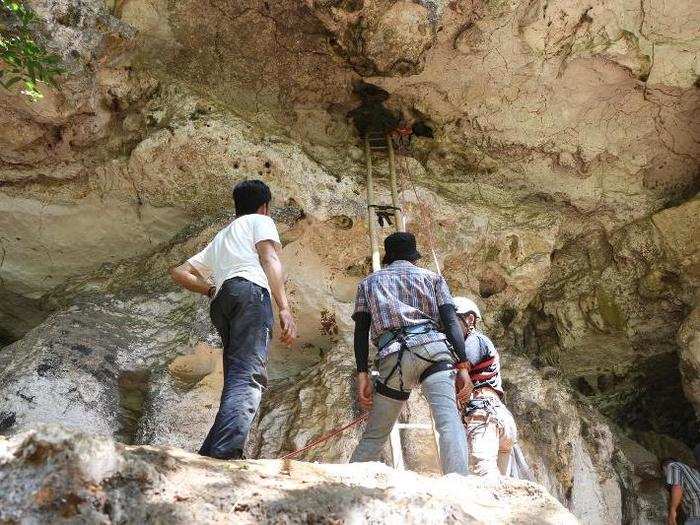
It's not clear what species of human ancestor created the mural. By 40,000 years ago, Neanderthals had already started to go extinct, and there's no evidence that they made it to Indonesia.
But Homo sapiens had by that point in history left Africa, spread into Europe, and started spreading into Asia.
"We don't know which species made the art, but our working hypothesis is that it was modern humans — us," Brumm said.
Archaeologist Bruno David, who was not involved in the study, told Nature that the painting's age and narrative quality "could mean that early humans have arrived in southeast Asia with the capacity for symbolic representation and storytelling."
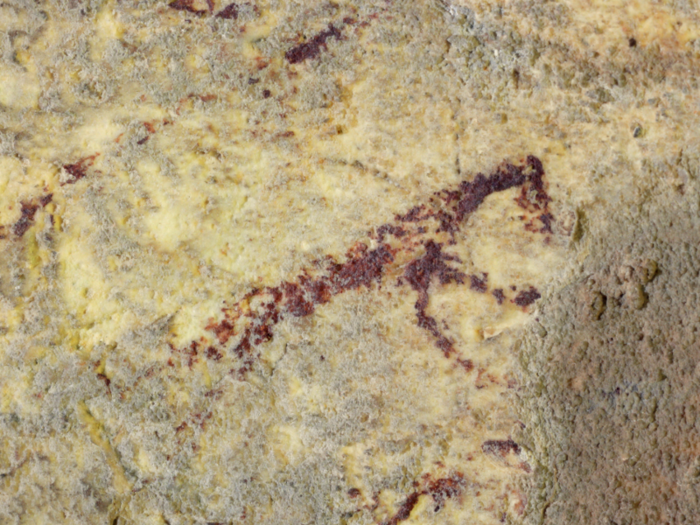
David added that "it's probably only a matter of time before narrative paintings of this, and much older age, are found in Africa."
Popular Right Now
Popular Keywords
Advertisement